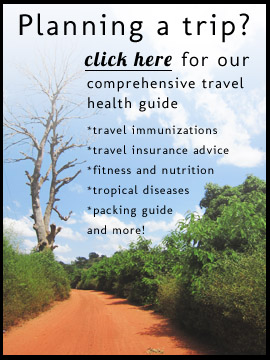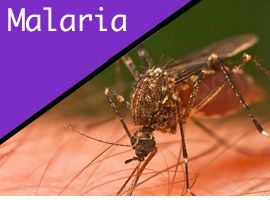Who doesn’t have an outsize fear of spiders? The things look they were specifically designed to terrify us. Eight legs, eight eyes, fangs. What else? Oh yeah, some of them are venomous.
We are afraid of spiders despite the fact that we have countless encounters with them. We’ve also been bitten by spiders, and in many cases, we probably didn’t even notice. So why the hysteria? Well, in addition, to their terrifying appearance, we hear stories about spiders and their bites. And we see horrific pictures online.
Before we talk about identifying and treating spider bites, let’s provide you with some relief: most of the disgusting and terrifying spider bite photos on the internet are fake. Some of them are actually photoshopped, and many others are actually not spider bites. Many are skin infections that have nothing to do with spiders. That said, spider bites can be ugly, and they can get infected, so let’s talk about avoiding that outcome.
Identifying spider bites
There is no one-size-fits-all policy for identifying spider bites, and visual evidence is hard to come by as it often overlaps with that of any other insect bite. If you experience:
- Redness
- Itching or pain
- or swelling
You could have a spider bite. Or you could have a regular old insect bite.
Don’t spiders leave two bite marks?
In theory, this would be a great way to detect spider bites. Spiders do, after all, have two fangs that they use to bite their prey and inject venom. The only problem is that most spider’s have fangs that are incredibly small – and incredibly close together – and even if the bite is visible, it looks like a single puncture rather than two.
So how do I know if I have been bitten by a spider?
If you haven’t seen the culprit, pinpointing the author of a bite is difficult. This is not necessarily bad news, though. In most cases, spider bites are mild and they can be treated as if they were any other insect bite:
- Wash the area with mild soap and warm water
- Apply an ice pack to reduce pain and swelling
- Take an anti-inflammatory such as ibuprofen
- Avoid scratching the bite and don’t apply any topical soaps or creams that will irritate the skin
This is not to say that all bites are smooth sailing. If you have an allergic reaction, or if you are bitten by a highly venomous spider, things will not be so simple.
Identifying an allergic reaction to a spider bite
Some people are prone to allergic reactions when they are bitten by insects or spiders. If you experience any shortness of breath, hives, palpitations, dizziness or weakness, you need to seek medical attention as soon as possible. If medical attention is not immediately available, try to at least take a benadryl or other anti-histamine in order to stem the allergic reaction.
How do I know if I have bitten by a highly venomous spider?
There are several ways to know whether you have been bitten by a highly venomous spider. The first indication would be that the local area of the bite gets worse rather than improves.
If the area around the bite is becoming increasingly red, swollen and painful, and you are not experiencing symptoms of an allergic reaction, you may have been bitten by a spider whose venom packs a punch.
If you begin to experience more general aches and pains, chills and/or fever, sweating, cramps, or a rapid pulse, you should seek medical attention immediately.
If you are traveling somewhere, you should be aware of all dangerous wildlife, including spiders. It’s always a good idea to know what symptoms are for specific spider bites. The symptoms from a black widow bite, a brown recluse bite, and a Brazilian wandering spider (also called a banana spider) are all different.
Do some preliminary research before you travel, especially if you will be in areas where certain spiders are endemic. As always, listen to local experts, and if you are traveling with a guide, heed their advice.












{ 0 comments… add one }